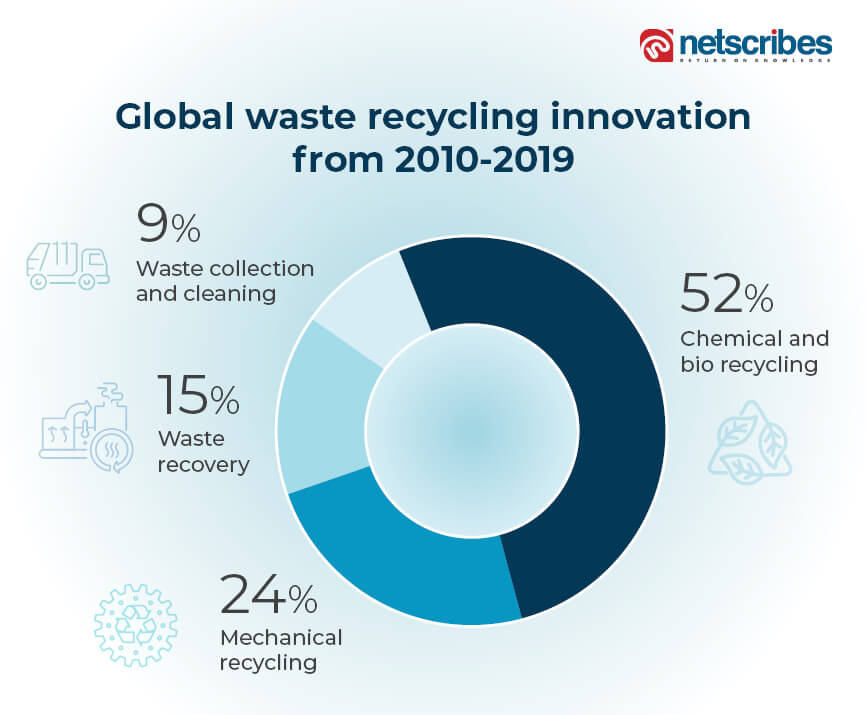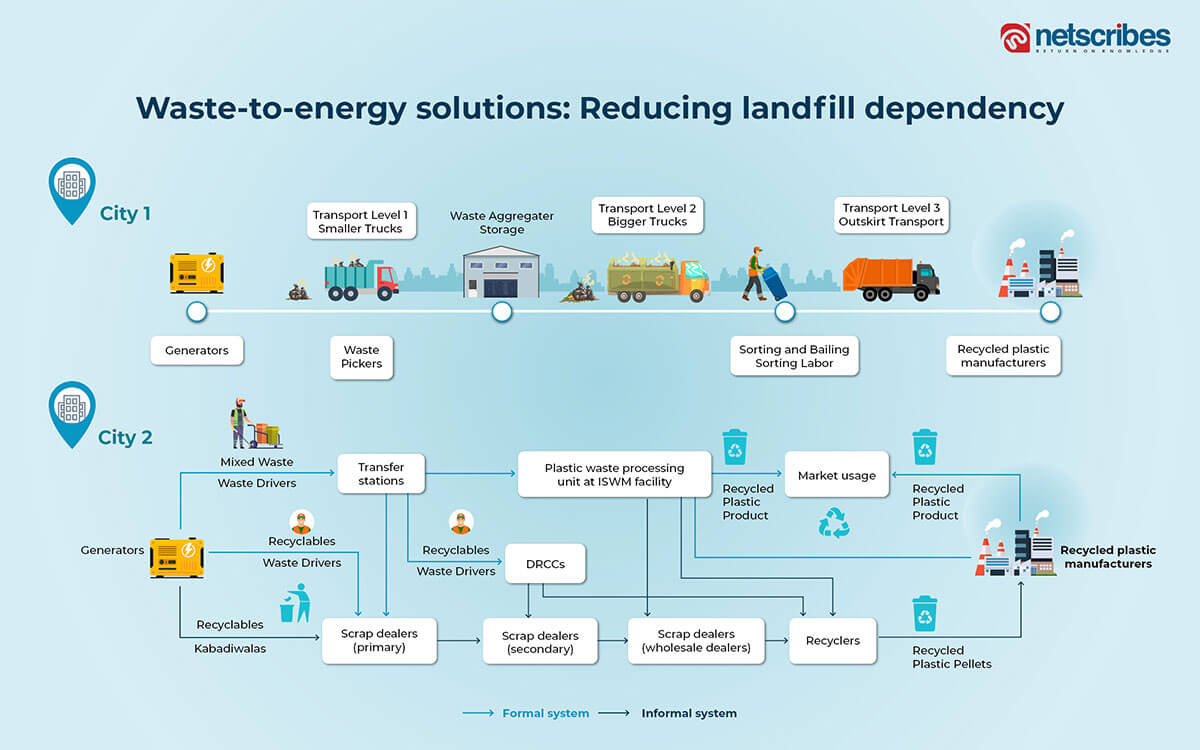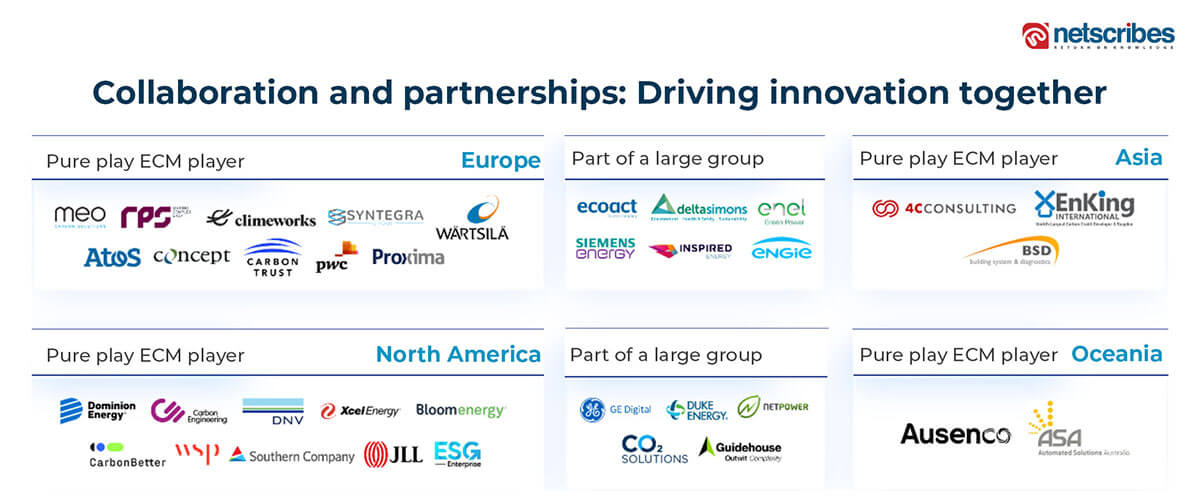HIGHLIGHTS
- The energy sector is undergoing transformation, driving innovative waste management approaches and fostering sustainable growth through collaboration.
- Chemical recycling is redefining plastic waste, fostering circular economy principles, and driving innovation in the waste industry.
- Biomass-based energy solutions are reducing reliance on fossil fuels, promoting sustainable practices, and encouraging partnerships.
- Companies are embracing low-carbon strategies, contributing to the fight against climate change, while AI and collaboration are enhancing disease detection and improving patient outcomes.
The energy sector is undergoing a remarkable transformation that extends beyond its industry borders. As oil and gas companies increasingly focus on sustainability and waste management, new trends are emerging to drive change globally. To shed light on these compelling trends in the oil and gas industry and how they profoundly impact the waste sector, read on. As a trusted partner for oil and gas companies, we explore the dynamic interplay between these sectors, unveiling opportunities and strategies for sustainable growth and innovation.
Chemical recycling: A catalyst for circular economy
Traditional methods of plastic recycling face challenges in terms of efficiency and effectiveness. However, chemical recycling stands to redefine recycling, offering a remarkable solution to plastic waste management. Through advanced processes, plastics can be converted into vital building blocks like ethylene glycol, enabling their conversion into new plastic products. Chemical recycling not only reduces waste but also promotes a circular economy, maximizing resource utilization and minimizing environmental impact.
The patent landscape serves as a crucial compass, guiding companies toward cutting-edge technologies and emerging trends. Within the waste industry, chemical recycling has emerged as a disruptive force, revolutionizing plastic waste management. Processes such as pyrolysis are reshaping the waste industry by transforming plastics into valuable resources. By navigating the patent landscape, companies can identify untapped potential, foster innovation, and gain a competitive advantage in the race for sustainable solutions.

Waste-to-energy solutions: Reducing landfill dependency
Bioenergy was the fourth largest renewable electricity generating source with 685 TWh of production. The utilization of biomass as a renewable energy source is gaining momentum in the energy sector. Biomass, such as agricultural residues and organic waste, can be converted into energy through processes like anaerobic digestion and biomass gasification.
Anaerobic digestion and biomass gasification facilities can generate electricity, heat, and biofuels, reducing reliance on fossil fuels. This trend not only reduces reliance on fossil fuels but also provides an opportunity for waste management companies to diversify their operations.
The transition to renewable energy also encourages a shift away from traditional landfilling practices. Waste management companies can explore partnerships and investments in waste-to-energy projects to reduce landfill dependency and promote sustainable global waste management practices. By leveraging biomass, the energy sector can embrace a greener and more sustainable energy mix.

Tapping into renewable energy sources
Amidst the transformative energy landscape, green field projects enable companies to design operations with environmental sustainability at their core, implementing state-of-the-art waste management practices and optimizing resource utilization from the outset. By embracing green field initiatives, companies can showcase their commitment to sustainability while capitalizing on the growing demand for eco-friendly solutions. A sustainable future goes hand in hand with strategic decision-making, including identifying ideal manufacturing sites. By identifying the ideal manufacturing site locations, companies can not only maximize operational efficiency but also minimize environmental impact.
Carbon footprint reduction: Embracing low-carbon future
Oil and gas companies recognize the urgency of reducing carbon emissions. They are investing in energy-efficient technologies, optimizing operational processes, and exploring renewable energy alternatives. By implementing measures to reduce their carbon footprint, these companies are making substantial contributions to combat climate change and aligning their business practices with the goals of a low-carbon future.
Companies are always on the lookout to reduce their carbon footprint by buying licensed technology, relying on external companies that sell carbon credits, or indirectly investing in ECM companies that build IT solutions to optimize carbon emissions. The sector is also heavily driven by government regulations in each country and its initiatives. Thus, navigating through complex regulatory compliances and adherences is a prerogative for companies who understand them. This enables companies to optimize their operational processes and make substantial contributions to combat climate change.
Related reading: Sustainable IT: reducing carbon footprints and preserving resources
Collaboration and partnerships: Driving innovation together
Collaboration and partnerships are crucial for addressing environmental challenges effectively. Companies are actively engaging with stakeholders to drive innovation in global waste management. These initiatives include working with stakeholders, including governments, NGOs, and research institutions, to drive innovation and address environmental challenges. By sharing knowledge, supporting research and development, and participating in industry-wide initiatives, companies are advancing sustainable practices and fostering a culture of collaboration.
As the energy and waste sectors converge, understanding the competitive landscape becomes paramount for companies seeking growth and success. With established players and new entrants vying for market share, companies must identify potential collaborators, strategic partnerships, and competitors. Comprehensive competitive landscape analysis allows companies to navigate the intricate terrain, anticipate industry trends, and make informed decisions to drive sustainable growth.

Companies are increasingly disclosing their environmental performance, including global waste management practices. By providing transparent reports, companies demonstrate their commitment to sustainability and enable stakeholders to evaluate their progress. The convergence of new energy trends and waste industry transformation presents an unprecedented opportunity for such companies.
By embracing sustainability, reducing carbon footprints, adopting circular economy practices, fostering collaboration, and ensuring transparency, these companies are reshaping the industry. By leveraging insights from the patent landscape, navigating the competitive landscape, and embracing green field opportunities, companies can position themselves as leaders in sustainable innovation.
Gain market research insights with Netscribes as we navigate the convergence of energy and waste dynamics in today’s rapidly changing business landscape. Contact us to know more.
Based on insights by Mihika Keni, Assistant Manager, Market Research






